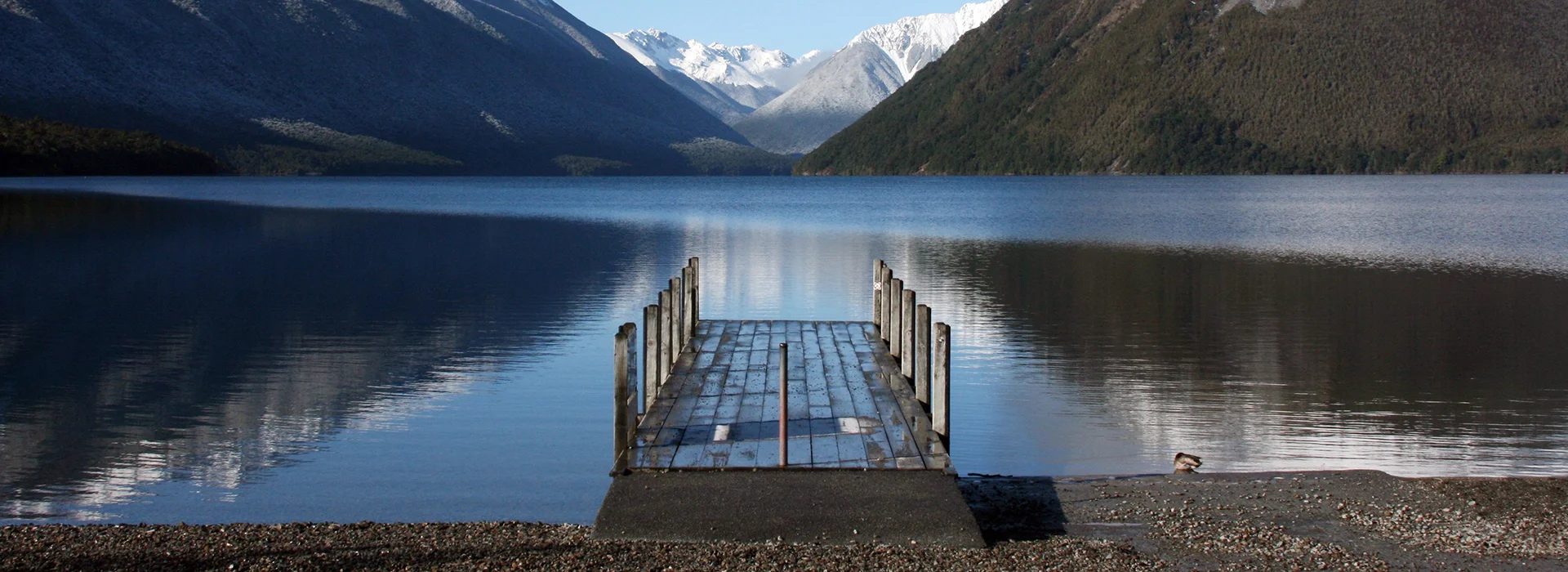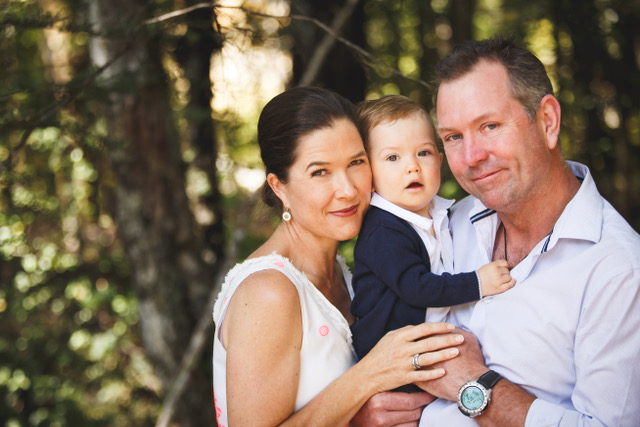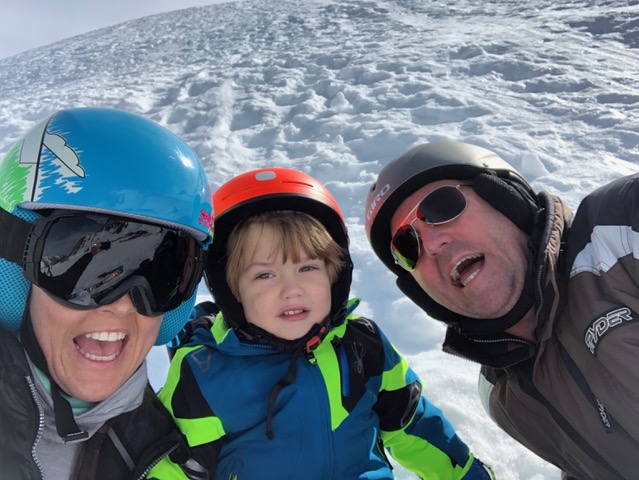Our Story
The Lodge
Family owned and operated, the Lodge was built in 1983 and opened in 1984. Walter and Frederika Unterberger took over the Lodge in 1988 and established one of the most successful family businesses in the nelson Marlborough area.
After 20 years of building a reputation for excellence Walter and Fredrika welcomed their daughter Alexandra and her partner Leighton back from 4 years of super yacht sailing overseas and handed the management of the Lodge to them.
The Unterberger and Marshall families first met at Richmond Primary School when Kerry Marshall (then a teacher in the junior school) welcomed Alexandra and her brother Florian to the school. The two families became very good friends and shared many happy times. Twenty years later they met up again. In 2008 Alexandra and Leighton ‘s path led them home to begin a new era of partnership for themselves and the Alpine Lodge.
The importance of fostering the growth and development of the Lodge without losing the family friendly atmosphere, as well as maintaining the reputation for excellent customer service drives their approach to their management style. Leighton is most at home engaging with patrons, providing comprehensive local knowledge and recommendations, and ensuring a relaxed environment while Alexandra with her formal training and expertise, ensures that the highest standards of service and professionalism are delivered.
Many families return each season to enjoy the ‘nothing is too much trouble’ attitude of Leighton and Alexandra and supported by their staff. “First name” welcomes make guests’ return feel like a visit to ‘extended family’ rather than just ‘another hotel’.
Nelson Lakes History
St Arnaud is the Gateway to the Nelson Lakes’ National Park. Situated at an elevation of 640 metres above sea level and nestled amongst the impressive St Arnaud Range the scenery is breathtaking and the activities available are unlimited. Whether hunting or fishing is the ideal getaway, skiing is the preferred passion, tramping or kayaking are favourite sports, then this wonderful Park has it all.
In pre-European times, parties of Maori stopped in the area on trips from Tasman Bay to Canterbury or the West Coast. They would fish in the rivers and the lake. Midden sites have been found at Kerr Bay and in the Travers Valley at the head of the lake.
European settlers coming to Nelson were looking for flat land which could quickly be developed into pastoral farms. They had been promised large areas by surveyors who had never visited the country which they were subdividing.
Probably the first European to discover the lake was J. S. Cotterell, a surveyor employed by the New Zealand Company. Towards the end of 1842, travelling with a Maori guide, he explored the pass at Tophouse and the Wairau Valley and the east coast as far as the Clarence River. He discovered the lake at the beginning of 1843.
In 1845 Charles Heaphy, explorer and artist, was sent from Nelson to explore southwest, and found that the mighty Buller River flowed in a narrow gorge for as far as they could see. Then a year later William Fox led a group consisting of Heaphy, Thomas Brunner and a very knowledgeable Maori guide, Kehu, on further exploration of the area and painted scenes around the lake. Then from 1846 to 1848 Kehu and another Maori guide led Brunner on an extensive journey to Lake Rotoiti and down the West Coast to Paringa.
In 1860 Julius von Haast, a German geologist, was sent by the government to study this area. He prepared detailed reports of the rock, fauna and flora of the area, and expressed great delight in the beauty of the area. He also reported that gold was to be found around Rotoiti and Rotoroa. After reports from a surveyor called Rochfort that gold was seen on the edge of the Buller a short-term gold rush began in 1862.
Some of the land now within the park was set aside for public use between 1907 and 1928, but the Nelson Lakes National Park was created in 1956.










